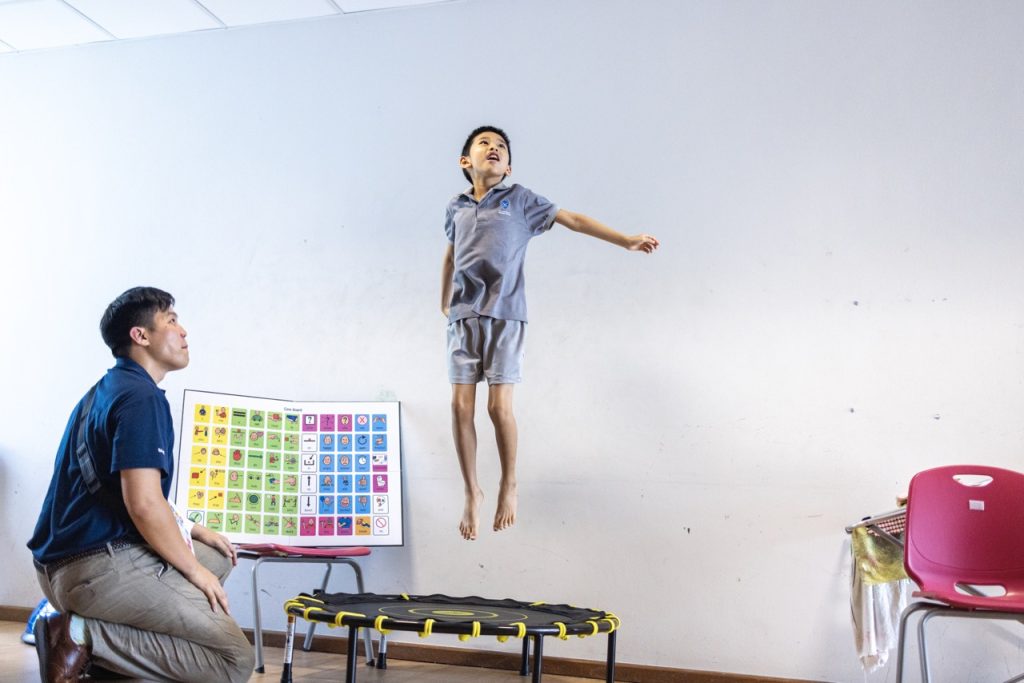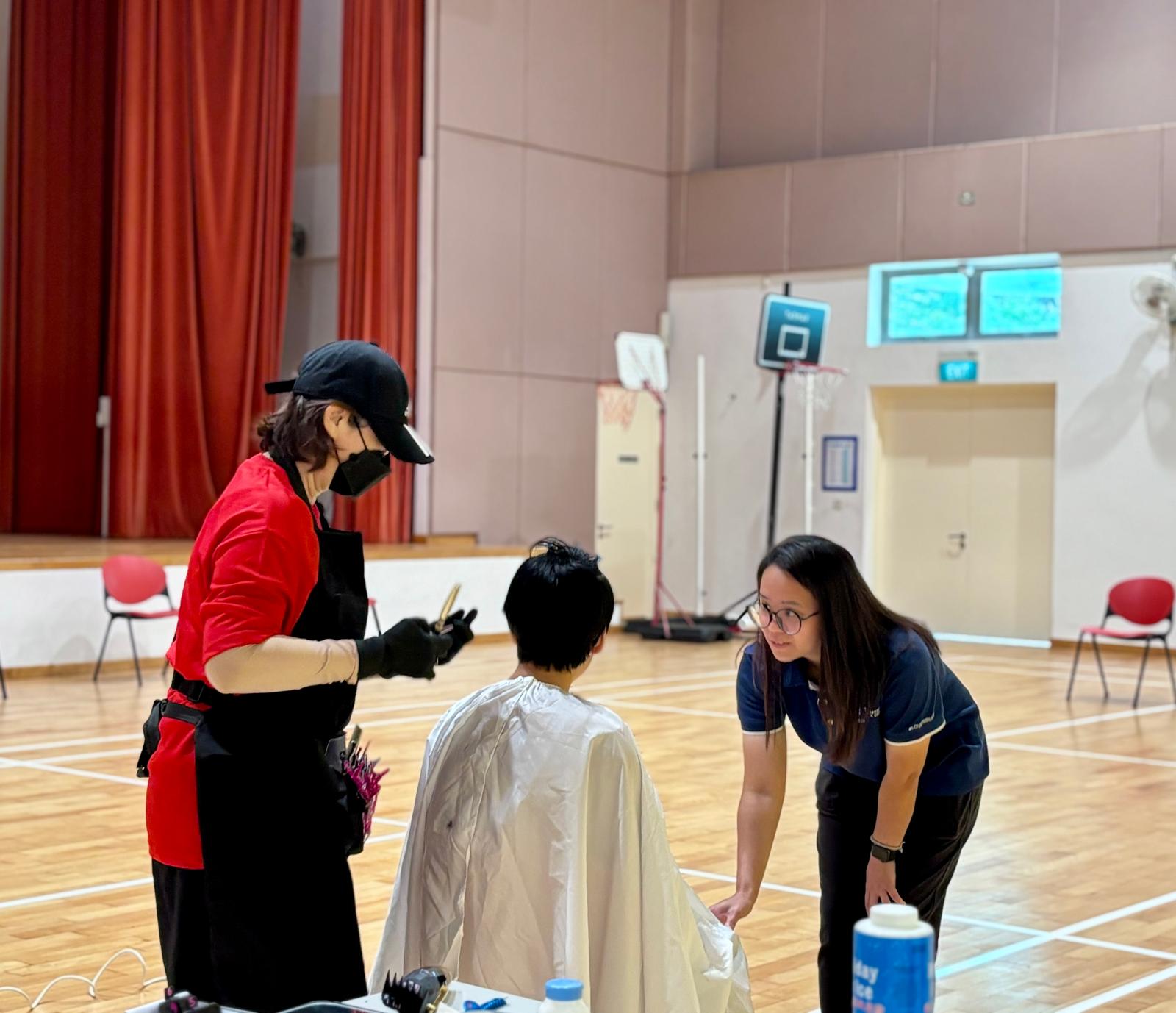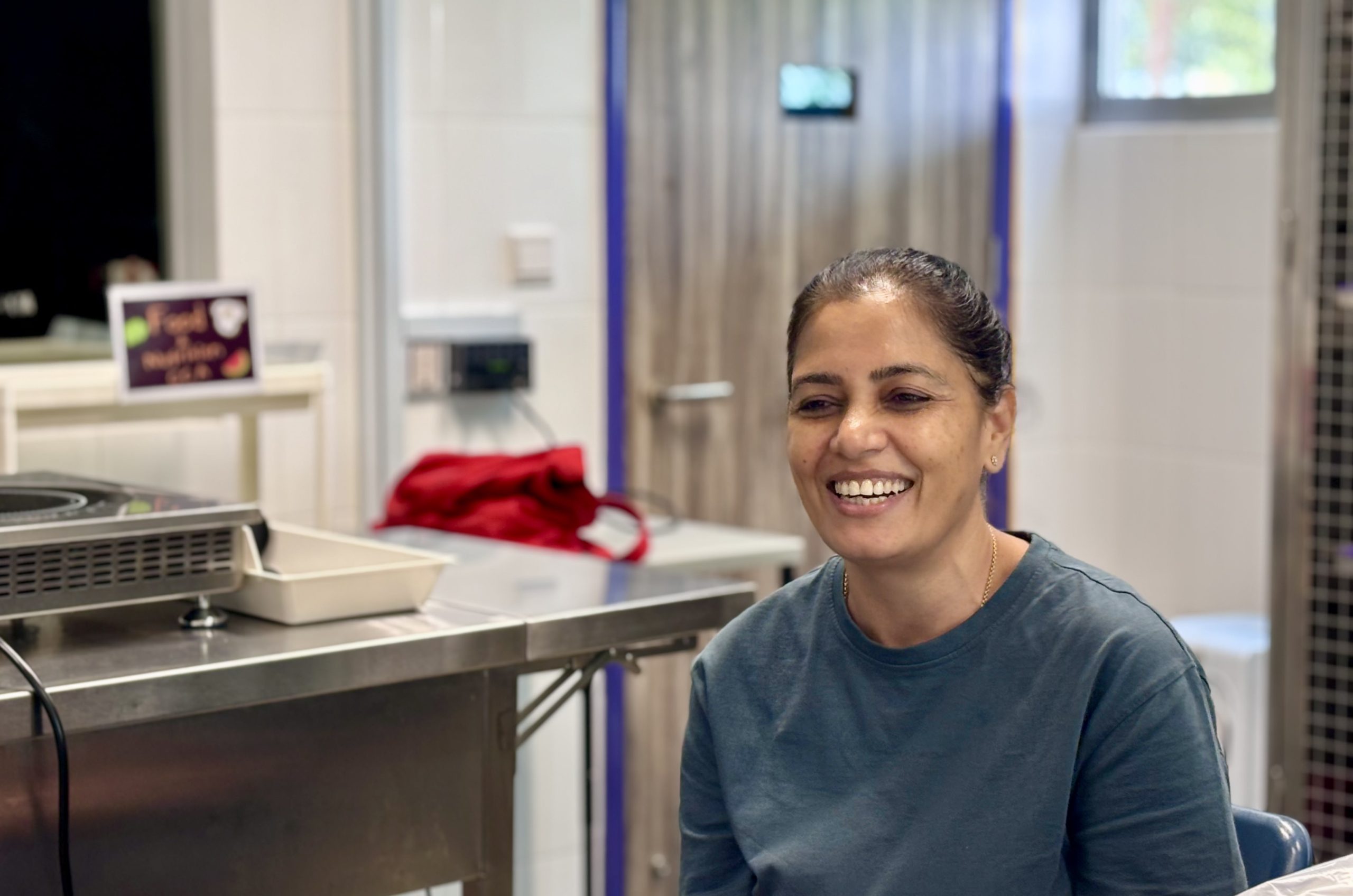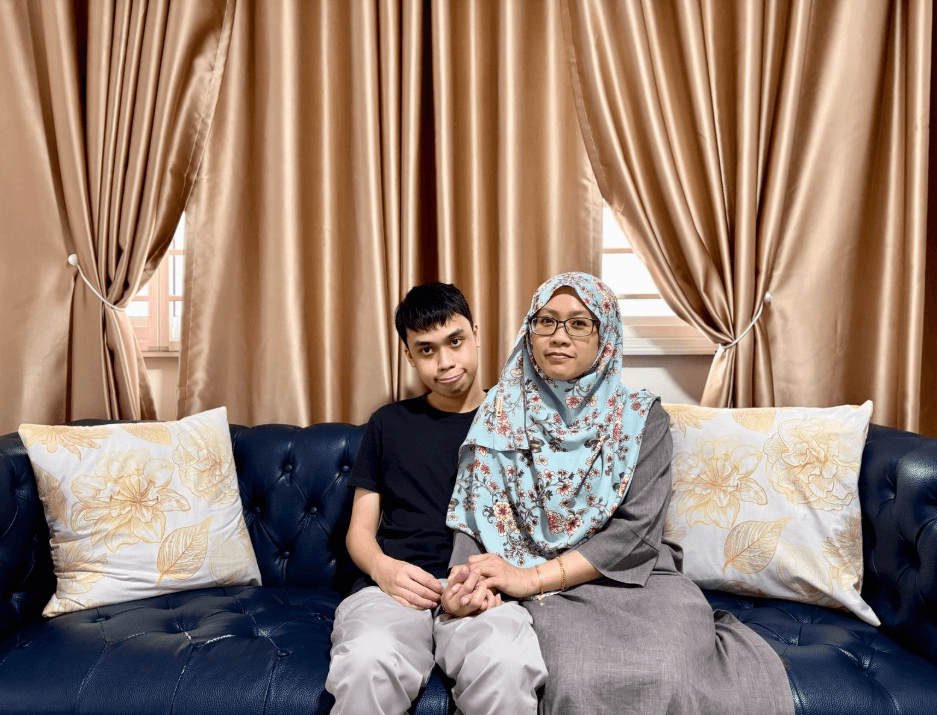Imagine if you couldn’t tell someone when you were feeling sick, what you needed, or even what you wanted to eat.
In fact, here’s a challenge: Try to tell someone nearby that you’re sick and want to eat porridge… Without using spoken words or any tools at all.
We imagine that the communication process did not go smoothly. It was possibly even frustrating not only to you, but to the person you were trying to communicate with.
That is just a slice of what persons with autism go through on a daily basis, and exactly why Caleb works as a Speech and Language Therapist (SLT) as part of SAAC’s Allied Professionals team.
“I chose to specialise in speech and language therapy because it allows me to serve people with children. I love children and have always enjoyed helping to take care of them. What I do here – if I were to describe in one sentence – is to give a voice to the voiceless. Which I find very meaningful. “
Why AAC?
Communication with others around them is one of the biggest challenges for many persons with autism. Many persons with autism may be non-speaking or have a limited use of language. For their caregivers, this can be a source of anxiety and frustration.
To address these challenges, we use Augmented and Alternative Communication (AAC). AAC refers to all ways and tools to communicate without speech or talking, and some examples of AAC devices are Communication Boards, Picture-Exchange Communication Systems, and even apps on tablets like Proloquo2Go.
It is important to note that these tools can assist anyone who may struggle with social interaction – for example those who have lost their hearing or speech.
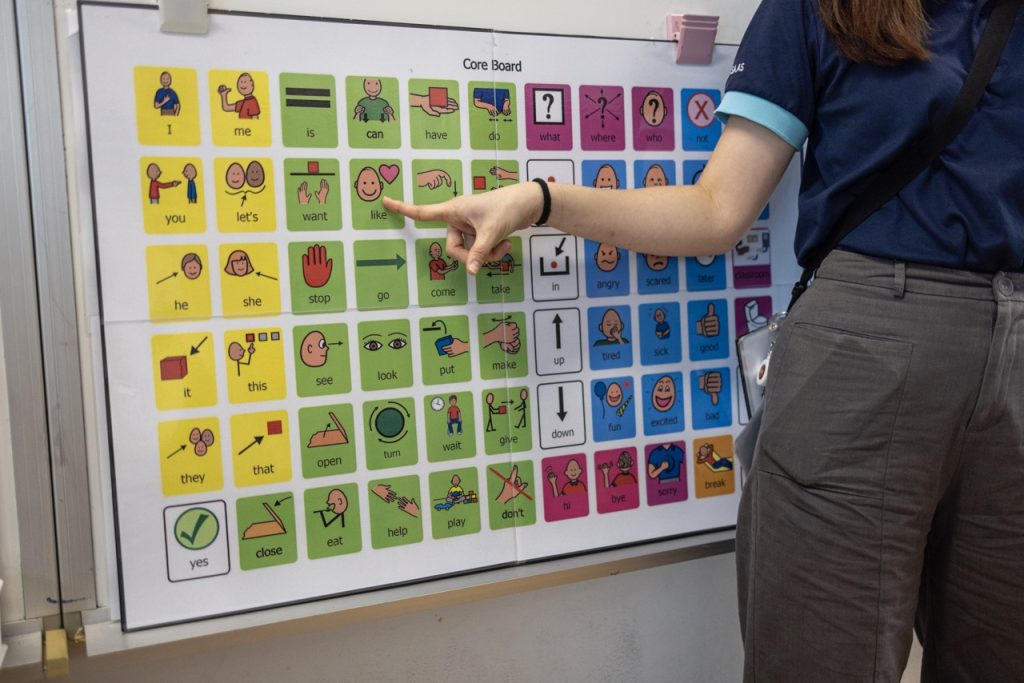
For persons with autism, AAC can be a game-changer. By using pictures and symbols, they can finally communicate with others and express their thoughts and feelings. AAC can also become a tool to help them learn new words and improve their speech abilities.
“Many children who attend our school are non-verbal. Even some who possess limited verbal ability usually struggle with expressing themselves. While they may be able to indicate specific needs such as hunger and discomfort, they are not able to ask questions or share opinions. But they can at least use visuals such as pictures, films and charts to convey messages.
Our students are taught to use the AAC communications board in class. These charts show pictures and words customised to each child’s needs and abilities. So some may have a larger communications board than others.”
The Importance of Collaboration
The work for our SLTs isn’t only with our beneficiaries – communication boards may evolve often with the interests and needs of the individual, and communication strategies vary for every person.
To address this, Caleb has to work closely with parents and caregivers to encourage them to use the communication boards at home to reinforce the method. The SLTs hold group and individual training sessions for caregivers, in hopes that it will help caregivers connect better with their children.
“Parents and caregivers have their own goals for the child, and our strategies must align with these too. I’ve had one parent who wanted his child to learn to speak a sentence of 5 words, and most hope to have a back-and-forth conversation with their child.
That’s our hope too. But if the child is having difficulty with basic requests, we must prepare to be patient.
My advice is always to keep your eyes on the goal and don’t give up.”
If you’d like to support persons with autism and their families, you can do so by:
Donating to our programmes
Help us provide persons with autism with highly structured programmes and give respite to their caregivers.
Volunteering with SAAC
Give the gift of your talents and time when you volunteer with us. We welcome those with a heart to serve.
Advocating for Autism
Those on the autism spectrum are often misunderstood and excluded from the public eye. Mention us to friends & family.

